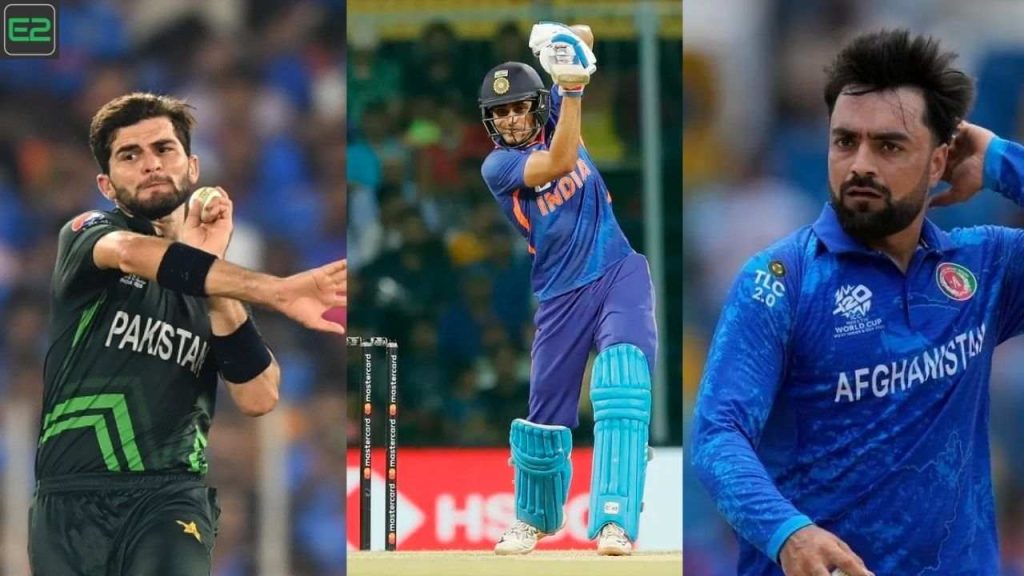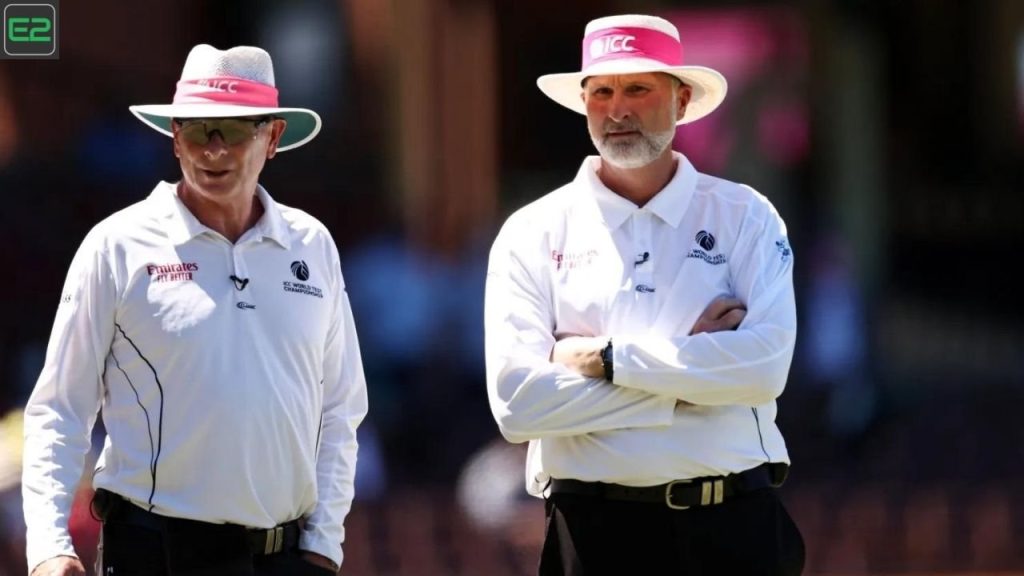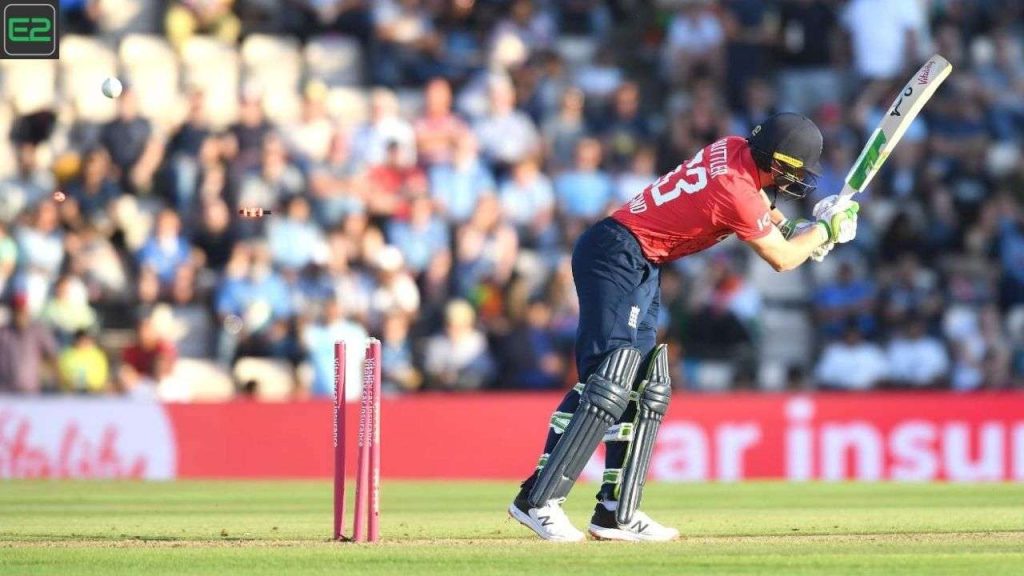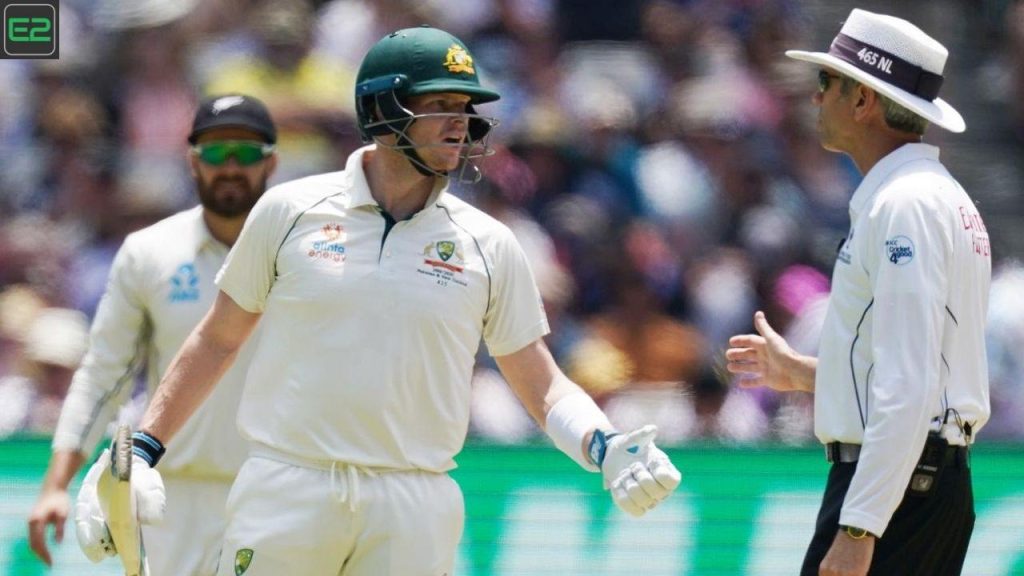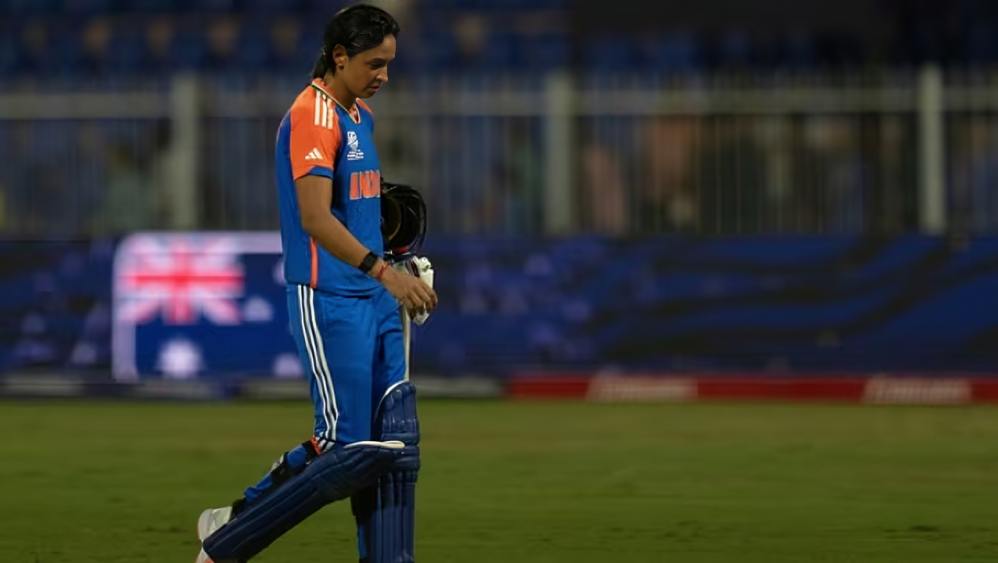In cricket, the nature of the pitch plays a pivotal role in determining the outcome of the game, especially when it comes to bowling. The conditions of the pitch — such as its hardness, moisture, grass cover, and the type of soil — influence how the ball behaves, and consequently, which type of bowler can extract the most benefit. Broadly speaking, there are pitches that favor fast bowlers, spinners, and those that offer an even contest between both. Let’s explore what makes a cricket pitch best suited for bowling.
1 Pitch Characteristics Favoring Fast Bowlers
Fast bowlers tend to perform well on pitches that are hard, dry, and offer bounce. The hardness of the surface allows for the ball to travel at a higher speed, making it more difficult for batsmen to judge and play the ball. An ideal pitch for fast bowling will typically have the following characteristics:
Good Bounce: A pitch with consistent bounce ensures that fast bowlers can generate more pace and carry, keeping batsmen on edge. Pitches with uneven bounce can either become too low, making it difficult for bowlers to extract pace, or too high, making batting relatively easier.
Moisture: A pitch that retains moisture, especially in the first few hours of play, is highly favorable for fast bowlers. The moisture helps the ball move laterally off the seam, creating opportunities for swing and movement off the pitch.
Grass Cover: A pitch with some grass on it is also a good sign for fast bowlers. The grass helps the ball grip the surface, leading to more seam movement. It also makes it tougher for batsmen to play aggressive shots, as the ball may swing or seam unpredictably.
Notable Pitches for Fast Bowling:
Lord’s (England): Known for its famous “Lord’s slope,” Lord’s provides a pitch that offers bounce, seam movement, and swing, especially early in the game.

WACA (Australia): Historically known for offering pace and bounce, WACA is a pitch where fast bowlers can thrive, particularly on the first day.
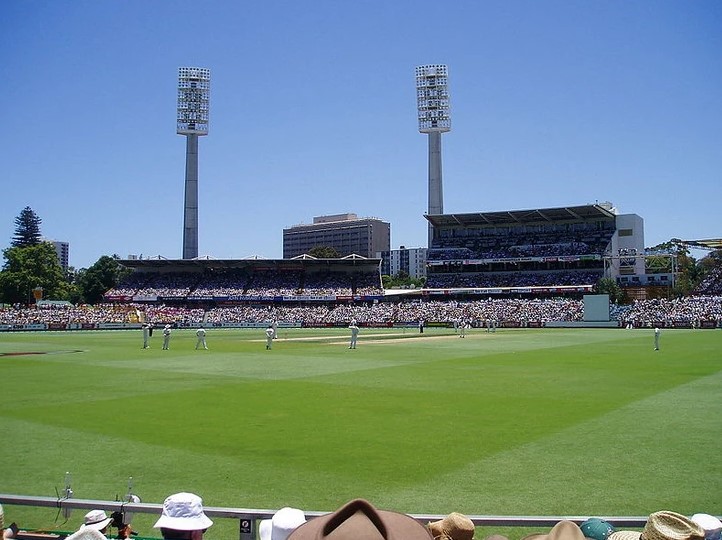
2 Pitch Characteristics Favoring Spinners
On the other hand, spinners require a pitch that offers grip and turn, allowing them to extract the most from their variations. The ideal characteristics of a pitch for spin bowling include:
Dry and Cracked Surface: Pitches that are dry and have visible cracks are conducive to spin, as the ball can grip the surface and turn sharply. These types of pitches tend to become more spinner-friendly as the game progresses, especially on the last few days of a Test match.
Dust and Wear: The more a pitch wears out, the easier it becomes for spinners to get the ball to turn. A well-worn pitch will have a rougher surface, which allows the ball to grip and spin. Additionally, dusty conditions increase the friction between the ball and the surface, creating more turn.
Low Bounce: While not always ideal for fast bowlers, a pitch with lower bounce can be ideal for spinners, as it allows the ball to dip sharply, making it harder for batsmen to judge.
Notable Pitches for Spin Bowling:
Eden Gardens (India): Known for its dry and rough conditions, this pitch is ideal for spinners, particularly in the later stages of a match.
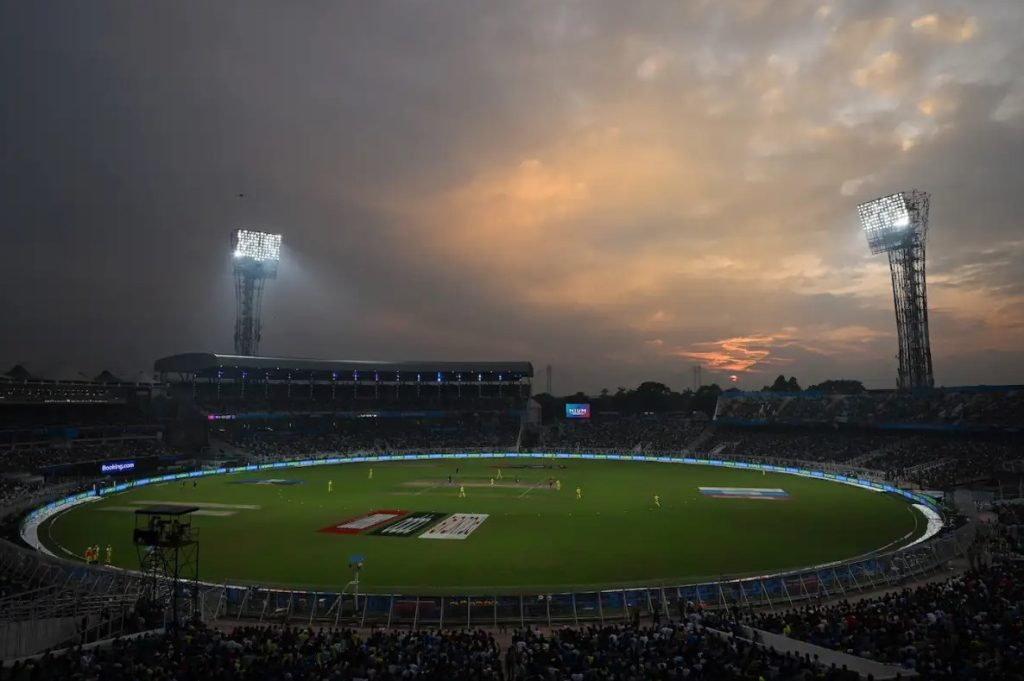
Galle (Sri Lanka): The Galle pitch is known for its spin-friendly conditions, offering sharp turn and bounce for spinners, especially as the match progresses.
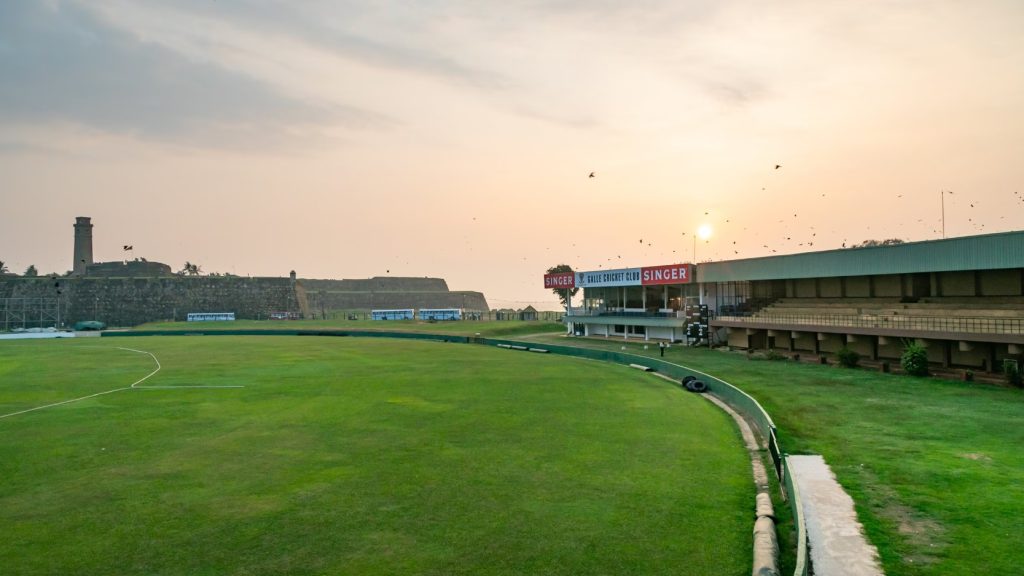
3 Balanced Pitches
Some pitches provide an even contest between bat and ball, catering to both fast bowlers and spinners. These pitches usually offer a bit of everything — some bounce, some seam movement, and eventually enough wear for spinners to get some turn.
Notable Balanced Pitches:
Newlands (South Africa): Known for its balanced nature, Newlands offers pace and bounce for fast bowlers early in the game, but also offers assistance to spinners as the match progresses.
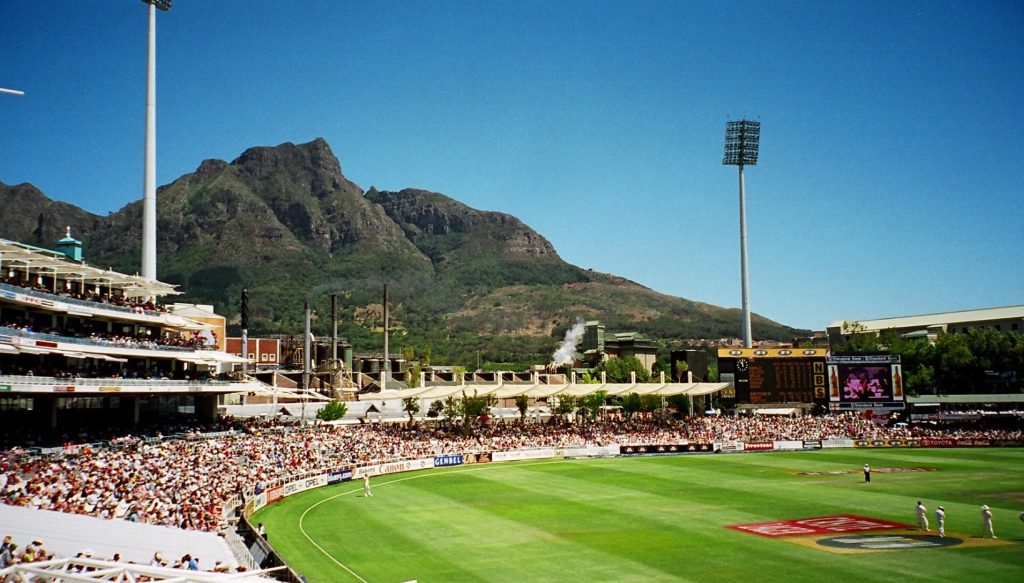
Melbourne Cricket Ground (Australia): Offers a good contest between bat and ball, with enough pace and bounce for fast bowlers and turn for spinners later in the game.
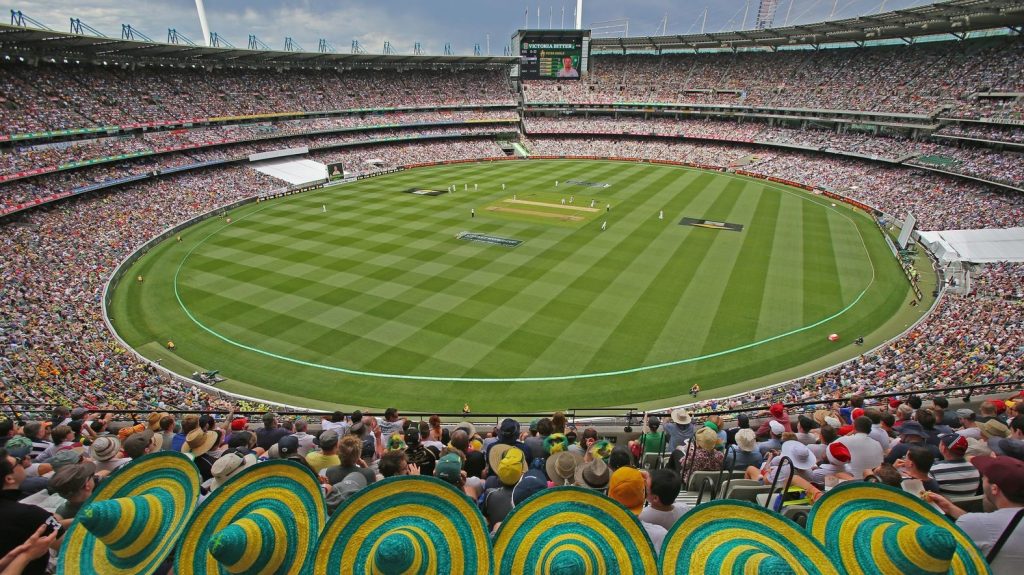
Conclusion
Ultimately, the best pitch for bowling depends on the style of the bowler and the conditions of the match. Fast bowlers typically thrive on pitches with bounce, seam movement, and some grass, while spinners perform best on dry, cracked surfaces that allow the ball to grip and turn. Pitches that offer a balance between both types of bowlers often provide the most exciting and competitive cricket. However, conditions can change dramatically over the course of a match, making it crucial for both teams to adapt quickly to the changing nature of the pitch.
You will have fun playing exciting games on here: E2Bet
Here Are Some Helpful Tips:



